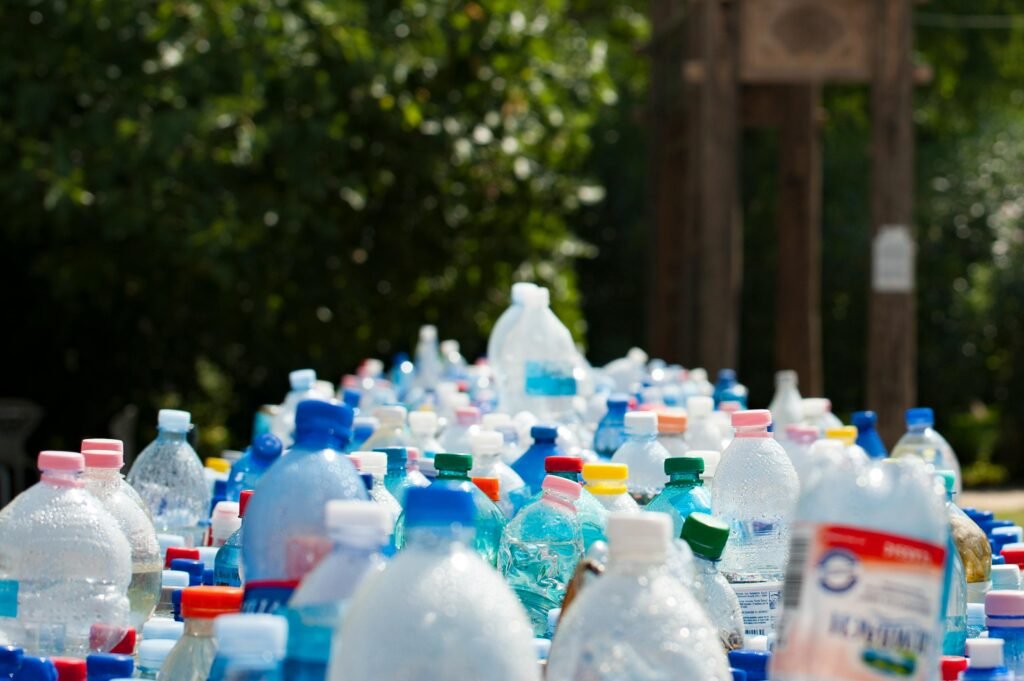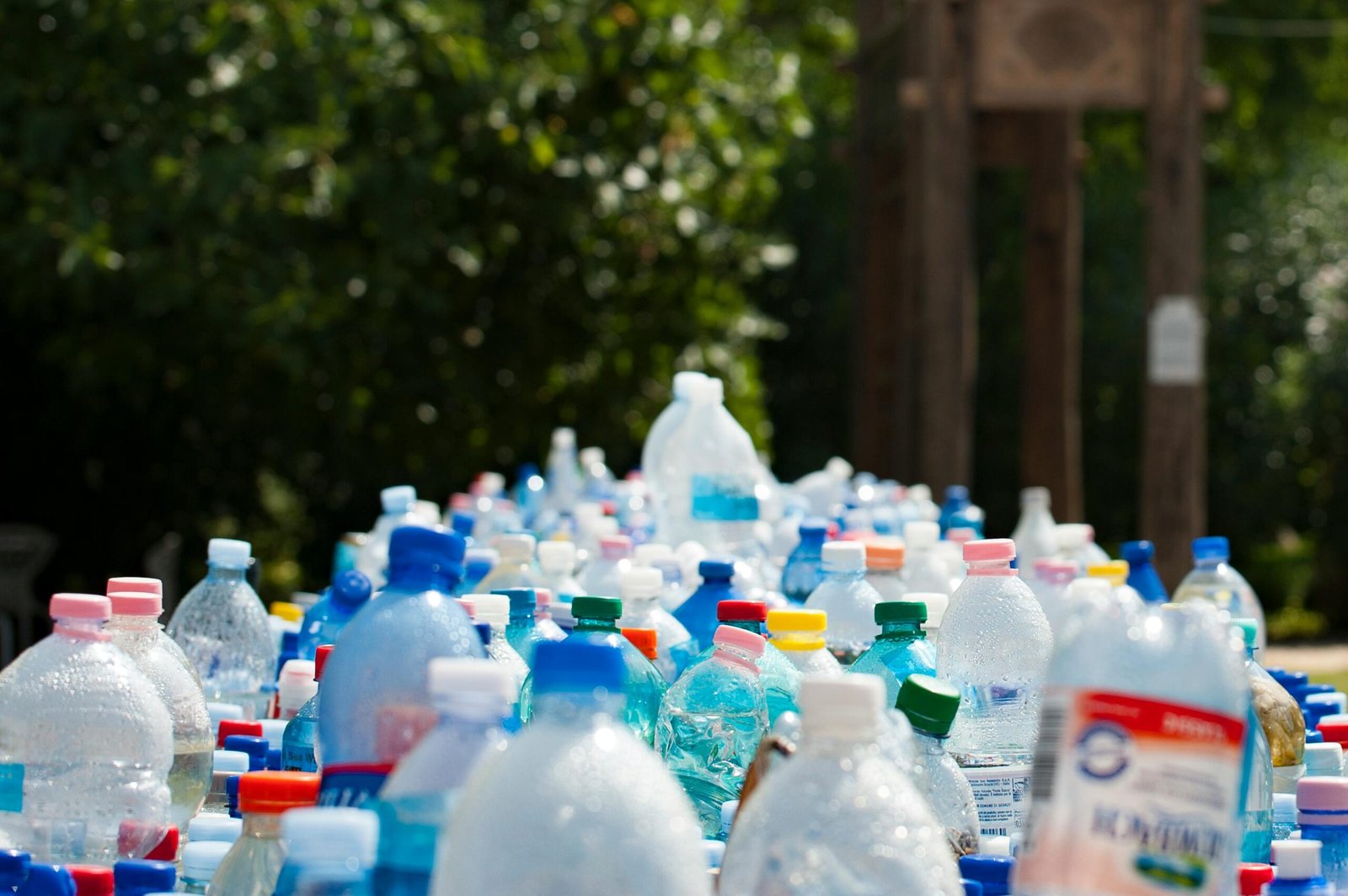Welcome to the article that will help you navigate the world of plastic materials! In this brief overview, you will learn the basics of understanding the different types of plastic materials, their unique properties, and common uses. From polyethylene to polystyrene, you will gain insights into the diverse range of plastics and how they impact our daily lives. Let’s dive in and explore the fascinating world of plastic materials together! Have you ever wondered about the different types of plastic materials and their uses? It can be overwhelming to navigate through the vast array of options available on the market. In this article, we will break down the basics of understanding different types of plastic materials, their properties, and common applications. By the end of this article, you will have a better grasp of the various types of plastics and how they can be utilized in different industries and everyday products.

This image is property of images.pexels.com.
Types of Thermoplastics
Thermoplastics are a type of plastic that can be melted and reformed multiple times without undergoing any significant chemical change. They are popular for their versatility and ease of processing. Some common thermoplastics include polyethylene, polypropylene, PVC, and nylon.
Thermoplastics are widely used in consumer goods, packaging, automotive parts, and construction materials due to their ability to be molded into different shapes and forms. They are also known for their recyclability, making them an environmentally friendly choice for many applications.
Types of Thermoset Plastics
Thermoset plastics differ from thermoplastics in that they undergo a chemical reaction during the curing process, which irreversibly changes their molecular structure. Once cured, thermoset plastics cannot be melted or reshaped. Common examples of thermoset plastics include epoxy resins, phenolic resins, and polyurethanes.
Thermoset plastics are valued for their high strength, heat resistance, and chemical resistance. They are commonly used in applications where durability and dimensional stability are critical, such as in aerospace, electronics, and construction.

This image is property of images.pexels.com.
Understanding Recycled Plastics
Recycled plastics refer to plastics that have undergone a process of recycling to be reused in new products. The recycling process helps to reduce waste, conserve resources, and lessen the environmental impact of plastic production. Common types of recycled plastics include PET, HDPE, and LDPE.
Recycled plastics are increasingly being incorporated into various products, such as packaging, textiles, and construction materials. By choosing products made from recycled plastics, you can contribute to a more sustainable and circular economy.
Properties of Plastics
Plastics exhibit a wide range of properties that make them suitable for diverse applications. Some of the key properties of plastics include:
–Strength: Plastics can vary in strength depending on their composition and molecular structure. Some plastics are lightweight yet strong, making them ideal for applications where a high strength-to-weight ratio is essential.
–Flexibility: Plastics can be flexible or rigid, depending on their formulation. Flexible plastics are commonly used in products such as packaging films and bags, while rigid plastics are used in products that require structural support. –Durability: Plastics can exhibit excellent durability and resistance to wear, tear, and weathering. They are often chosen for outdoor applications where exposure to the elements is a concern.
–Chemical Resistance: Plastics can be chemically resistant to various substances, making them suitable for applications where exposure to harsh chemicals is expected.
–Thermal Properties: Plastics can have different thermal properties, such as heat resistance and low-temperature flexibility. These properties determine the temperature range at which a plastic can be used safely.
–Electrical Insulation: Some plastics are excellent electrical insulators, making them ideal for use in electronic components and wiring.

This image is property of images.pexels.com.
Common Applications of Plastics
Plastics are used in a wide range of industries and applications due to their versatility and cost-effectiveness. Some common applications of plastics include:
–Packaging: Plastics are widely used in packaging materials such as bottles, bags, and containers due to their lightweight, durable, and cost-effective nature.
–Automotive: Plastics are used extensively in the automotive industry for interior and exterior components, such as dashboards, bumpers, and trims, due to their lightweight, strong, and design flexibility.
–Construction: Plastics are used in construction materials such as piping, insulation, and roofing due to their durability, ease of installation, and resistance to moisture and corrosion.
–Electronics: Plastics are used in electronic devices and components for their electrical insulation properties, lightweight, and design flexibility.
–Medical: Plastics are used in the medical industry for devices, equipment, and packaging due to their biocompatibility, sterilizability, and ease of customization.
Identifying Plastic Types
Identifying the type of plastic is essential for recycling, as different plastics require different recycling processes. The identification codes, also known as resin codes, are typically found on the bottom of plastic containers and indicate the type of plastic used. The most commonly used identification codes are as follows:
| Resin Code | Plastic Type | Common Applications |
|---|---|---|
| PET | Polyethylene Terephthalate | Bottles, packaging |
| HDPE | High-Density Polyethylene | Containers, piping |
| PVC | Polyvinyl Chloride | Pipes, wires, flooring |
| LDPE | Low-Density Polyethylene | Films, bags, packaging |
| PP | Polypropylene | Packaging, automotive parts |
| PS | Polystyrene | Cups, foam packaging |
| Other | Other plastics and blends | Varies depending on composition |
By checking the resin code, you can easily identify the type of plastic and determine whether it is recyclable. Recycling plastic helps to conserve resources and reduce the environmental impact of plastic waste.
Biodegradable Plastics
Biodegradable plastics are a type of plastic that can degrade naturally in the environment without leaving behind harmful residues. They are designed to break down into natural compounds through biological processes, such as composting or microbial action. Common examples of biodegradable plastics include polylactic acid (PLA) and polyhydroxyalkanoates (PHA).
Biodegradable plastics are increasingly being used in single-use applications, such as food packaging and disposable tableware, as a more environmentally friendly alternative to traditional plastics. However, it is essential to ensure that biodegradable plastics are disposed of properly to maximize their biodegradability.
Conclusion
In conclusion, understanding the different types of plastic materials is essential for making informed choices about their use and disposal. By knowing the properties, applications, and recycling options for various types of plastics, you can contribute to a more sustainable and environmentally friendly future. Whether you are a consumer, manufacturer, or policymaker, awareness of plastics and their impact is crucial for shaping a more responsible approach to plastic consumption. Remember to recycle plastics whenever possible and choose biodegradable alternatives to minimize your environmental footprint.
